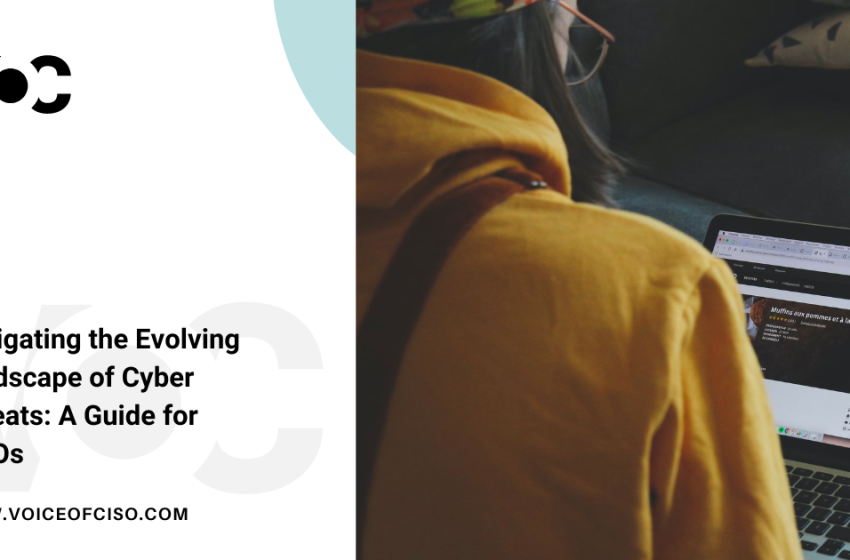
Navigating the Evolving Landscape of Cyber Threats: A Guide for CISOs
The world of cybersecurity is constantly evolving, and as a CISO, it can be challenging to stay on top of the latest threats and vulnerabilities. However, it is crucial to remain vigilant and proactive in protecting your organization’s sensitive data and assets from cyber-attacks. In this article, we will discuss some of the key considerations for navigating the ever-changing landscape of cyber threats and provide a guide for CISOs on how to protect their organizations against these dangers.
One of the most significant challenges facing CISOs today is the rapid pace of technological change. With new technologies emerging all the time, it can be difficult to keep up with the latest developments and understand how they might be used by attackers. To stay ahead of the curve, CISOs must continually educate themselves about the latest threats and trends in the cybersecurity landscape. This may include attending conferences and workshops, reading industry publications, and participating in online forums and communities.
Another key consideration for CISOs is the need to implement robust security measures and protocols across their organizations. This includes implementing firewalls, intrusion detection systems, and other security controls to protect against cyber attacks. Additionally, CISOs must ensure that their organizations have incident response plans in place so that they are prepared to respond quickly and effectively in the event of a cyber attack.
One of the most critical aspects of protecting an organization against cyber threats is employee education and training. CISOs must ensure that their employees are aware of the risks and understand how to identify and prevent cyber attacks. This includes educating employees about safe internet usage, how to recognize phishing emails, and the importance of keeping software and systems up to date.
Another important consideration for CISOs is the need to manage third-party risks. As organizations increasingly rely on third-party vendors and service providers, it is crucial to understand and manage the potential cyber risks associated with these relationships. This may include conducting regular security assessments, implementing security controls and protocols, and requiring vendors to comply with the organization’s security policies.
Finally, CISOs must be prepared for the future of cybersecurity, including the potential use of artificial intelligence (AI) and machine learning (ML) in cyber attacks. While these technologies have the potential to improve security, they also present new risks and challenges. CISOs must stay informed about these developments and understand how they may be used by attackers in the future.
In conclusion, the landscape of cyber threats is constantly evolving, and as a CISO, it is crucial to remain vigilant and proactive in protecting your organization. By understanding the latest threats and trends, implementing robust security measures, educating employees, managing third-party risks and being prepared for the future, CISOs can help ensure the security and resilience of their organizations against cyber attacks.
